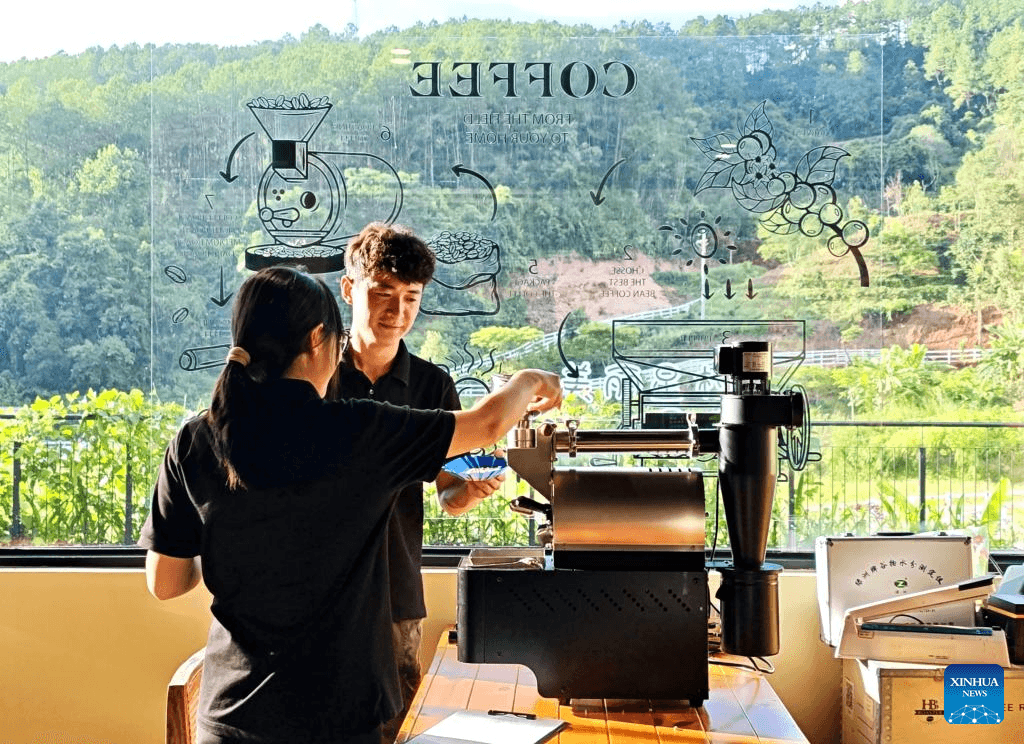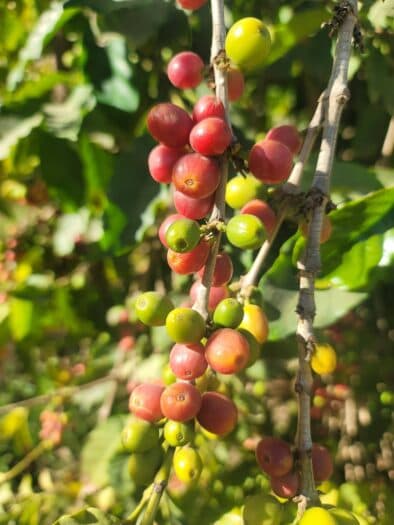Pu’er, Yunnan – Qahwa World
Pu’er City in southwest China’s Yunnan Province continues to strengthen its reputation as the capital of Chinese coffee, combining growing agricultural output with cultural tourism to create a unique economic model that promotes rural revitalization and raises incomes for local communities. Coffee here has become more than just a crop; it is now a cornerstone of both identity and development.
Coffee cultivation in Yunnan dates back to the late 19th century when European missionaries first introduced the plant, but commercial farming only began in earnest in the late 1980s. Since then, Pu’er has developed into the country’s leading production center, benefiting from its mountainous terrain and favorable climate. Today, Yunnan accounts for about 98 percent of China’s total coffee output, and Pu’er alone contributes roughly 60 percent of that. According to official data, the city has more than 45,000 hectares of coffee plantations, producing over 51,000 tons of green beans annually, with an estimated value of 6.3 billion yuan.
The city’s success, however, goes beyond agriculture. Pu’er has transformed coffee into a comprehensive experience, drawing visitors from across China and abroad. In villages such as Nandaohe in Simao District, tourists can sample freshly roasted coffee, watch the process from bean to cup, and listen to local farmers share their stories. Even the China–Laos Railway has become part of this immersive journey, serving specialty coffee to passengers on board, turning the train ride itself into an extension of the coffee culture of the region.
This approach has significantly boosted the added value of Pu’er’s coffee. In just three years, the added-value rate has jumped from less than 8 percent to over 33 percent, thanks to expanded local processing and the rise of specialty and organic coffee. These high-quality beans fetch much higher prices than commercial varieties, allowing farmers to increase their incomes and compete in premium markets abroad.
Nevertheless, challenges remain. Environmental pressures such as nighttime cold snaps, recurring droughts, and the global impacts of climate change pose risks to yield and quality. Recent studies show that higher altitudes enhance aroma and flavor profiles but also make plants more vulnerable to stress. To counter these risks, farmers are adopting more sustainable practices, experimenting with resistant varieties, and applying modern techniques in soil and water management.
The economic and social impact of coffee in Pu’er is evident. Farmers who once struggled for stable incomes now find opportunities through coffee cooperatives, which provide training, technical support, and marketing channels. The coffee value chain—from cultivation to roasting, packaging, and tourism—creates jobs for local youth and helps reduce rural-to-urban migration. Cafés and small businesses linked to coffee culture further stimulate the local economy, embedding coffee deeply in the life of the community.
Looking ahead, Pu’er aims to secure a distinctive place in the global coffee landscape, not by matching the massive volumes of Brazil or Vietnam but by emphasizing quality, identity, and experience. This strategy aligns with global trends favoring specialty coffee and unique consumer stories. With continued investment in agricultural tourism, value-added processing, and international marketing, Pu’er is positioning itself as more than just a producer—it is building a model of sustainable development that integrates farming, culture, and green economy.
In this way, coffee in Pu’er has grown into much more than an agricultural product. It is a story of transformation that illustrates how a local crop can become a driver of broad-based development, a source of pride for communities, and a bridge linking China’s Yunnan Province to the wider world.


